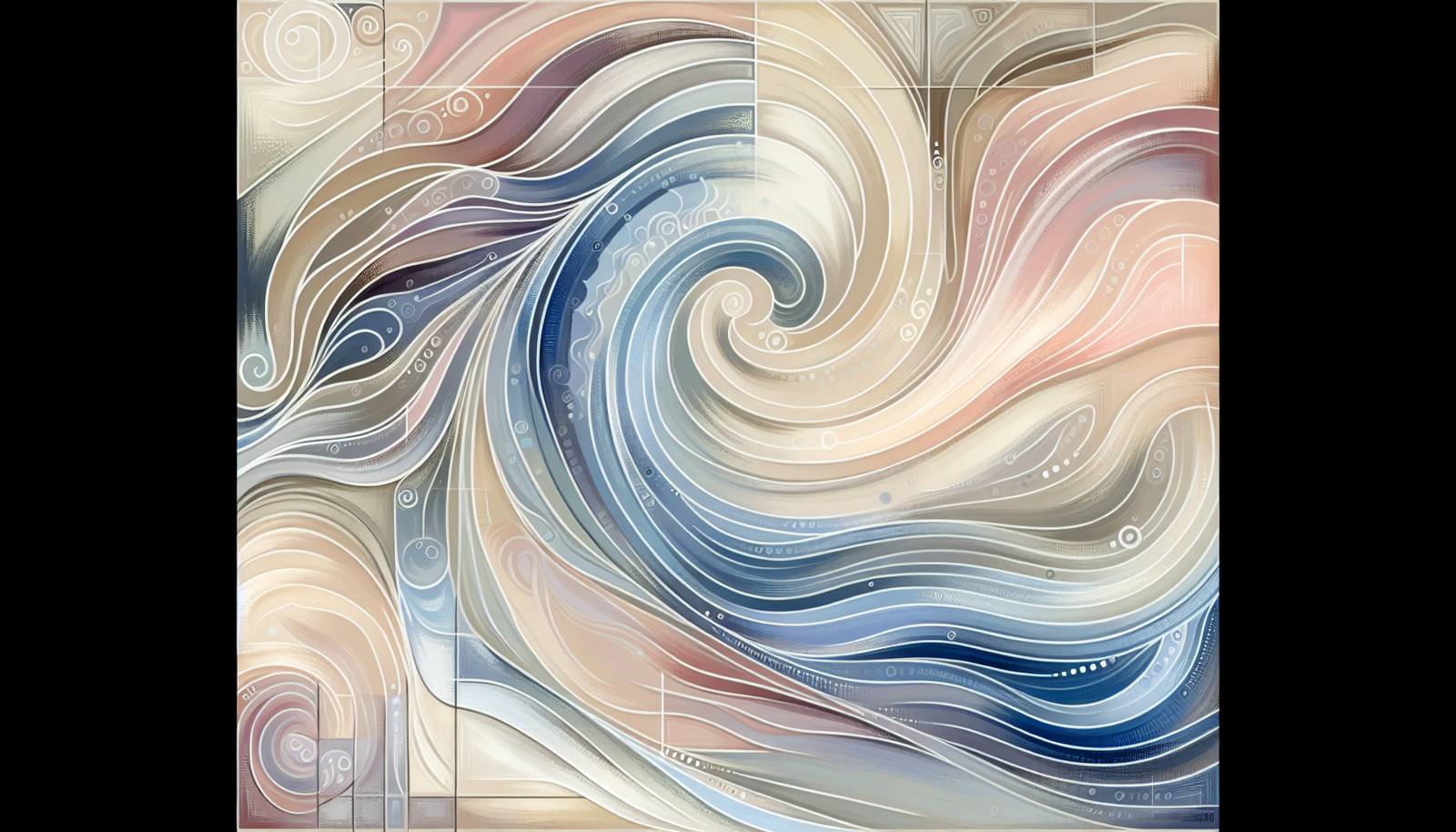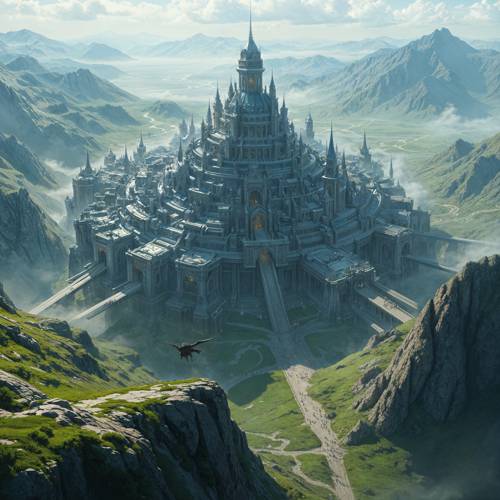
FAQ About The Impact of Digital Humanism in Modern Art

What is digital humanism in the context of modern art?
Digital humanism in modern art refers to the integration of human-centric themes and technological advancements in artistic practices. It emphasizes the importance of human experience, emotion, and interaction amid the growing influence of technology. Artists utilize digital tools to create works that engage audiences in new ways while reflecting on the human condition.

How does digital humanism influence contemporary artistic practices?
Digital humanism influences contemporary artistic practices by encouraging artists to explore new mediums and techniques that highlight the human experience. Artists often use digital tools such as virtual reality, artificial intelligence, and digital fabrication to create immersive and interactive works that offer deeper emotional connections and narratives.

Can you provide examples of digital humanism in modern art?
Examples of digital humanism in modern art include installations that use virtual reality to immerse viewers in human-centric stories, or interactive exhibits where artificial intelligence responds to human emotions. Artists like Rafael Lozano-Hemmer and teamLab have created works that blend technology with human experience, fostering empathy and connection through technology-enhanced art.

What role does technology play in digital humanism?
Technology plays a crucial role in digital humanism by providing the tools that enable artists to explore and express human-centric themes in innovative ways. Through technology, artists can create interactive, immersive, and responsive artwork that challenges traditional perceptions of art and enhances audience engagement.

How does digital humanism bridge technology and human-centric narratives?
Digital humanism bridges technology and human-centric narratives by allowing artists to use digital mediums to explore themes like identity, emotion, and the human experience. This approach encourages greater empathy and understanding by immersing viewers in technologically enhanced narratives that reflect personal and collective human stories.

Why is digital humanism important in modern art?
Digital humanism is important in modern art because it addresses the intersection of technology and society, challenging artists to create works that reflect on our increasingly digital lives. It emphasizes human values and experiences in art, ensuring that humanity remains at the core of creative expression amidst technological advancements.

What are the challenges faced by artists working with digital humanism?
Artists working with digital humanism face challenges such as the rapid pace of technological change, which can make their work quickly outdated. Additionally, they must navigate technical complexities and often require collaborative skills to work with experts in technology. Balancing technological elements with human-centric themes can also be a complex task.

How does digital humanism affect audience engagement with art?
Digital humanism affects audience engagement by making art more interactive and participatory. By leveraging technology, artworks can offer personalized experiences that actively involve the audience, allowing them to be co-creators of the experience and facilitating a deeper emotional and cognitive engagement with the artwork.

What technologies are commonly used in digital humanism art projects?
Common technologies used in digital humanism art projects include virtual reality (VR), augmented reality (AR), artificial intelligence (AI), and digital fabrication tools like 3D printing. These technologies enable artists to explore new forms of expression and create artworks that are interactive, immersive, and responsive to human input.

How does digital humanism redefine traditional artistic narratives?
Digital humanism redefines traditional artistic narratives by introducing new dimensions of interaction and participation. By incorporating technology, art can transcend static storytelling, allowing narratives to evolve based on viewer interaction or environmental conditions, making them dynamic and reflective of contemporary human experiences.

How do artists balance technology and creativity in digital humanism?
Artists balance technology and creativity in digital humanism by ensuring that technological elements enhance rather than overshadow the human narrative. This often involves a thoughtful integration of technology that amplifies human emotion and experience, rather than relying on technology as a mere spectacle.

What is the future of digital humanism in modern art?
The future of digital humanism in modern art is likely to see further integration of advanced technologies, such as AI and machine learning, creating increasingly sophisticated interactive experiences. As technology evolves, so too will the ways in which artists engage with human themes, possibly leading to new forms of digital and hybrid artworks that further blur the lines between virtual and physical experiences.

Are there cultural implications in the adoption of digital humanism in art?
Yes, there are cultural implications in the adoption of digital humanism in art. It can lead to greater inclusivity and accessibility by transcending geographical and cultural boundaries, allowing diverse voices and experiences to be shared more widely. However, it can also raise questions about the preservation of cultural heritage and authenticity in a digital context.

How is digital humanism perceived by traditional art critics?
Digital humanism is often met with varied perceptions by traditional art critics. Some may view it as an innovative bridge between technology and art that expands the possibilities of artistic expression. Others may critique it for potentially undermining traditional art forms or focusing too heavily on technological aspects at the expense of narrative depth.

Can digital humanism contribute to social change?
Digital humanism has the potential to contribute to social change by facilitating new forms of communication and storytelling that highlight social issues. Artworks that incorporate digital humanism can raise awareness, foster empathy, and inspire action by engaging audiences in meaningful dialogues about social and cultural challenges.

Is digital humanism accessible to all artists?
While digital humanism offers exciting opportunities, it may not be accessible to all artists due to high costs associated with acquiring and learning to use advanced technologies. However, as technology becomes more affordable and widespread, more artists will likely be able to explore digital humanism in their work.

How do educational institutions incorporate digital humanism in art education?
Educational institutions incorporate digital humanism in art education by offering courses and workshops that focus on the intersection of technology and art. They provide students with access to digital tools and platforms, encouraging experimentation and collaboration, and help students develop skills necessary for merging human narratives with digital innovations.

Are there any ethical concerns associated with digital humanism in art?
Yes, there are ethical concerns associated with digital humanism in art, including privacy issues related to data used in interactive installations and the potential for digital art to perpetuate biases embedded in technology. Artists and institutions must consider these concerns to ensure responsible and ethical use of technology in art.

How do museums and galleries exhibit digital humanism artworks?
Museums and galleries exhibit digital humanism artworks by creating environments that accommodate interactive and immersive experiences. This may involve specialized installations that support digital and multimedia displays, as well as training staff to facilitate audience interaction with technology-enhanced artworks.

What is the relationship between digital humanism and other art movements?
Digital humanism relates to other art movements by building on traditional themes of human experience and expression while incorporating technological advancements. It can be seen as an evolution of movements such as modernism and surrealism, which also sought to explore and redefine human existence through new forms of art and mediums.
